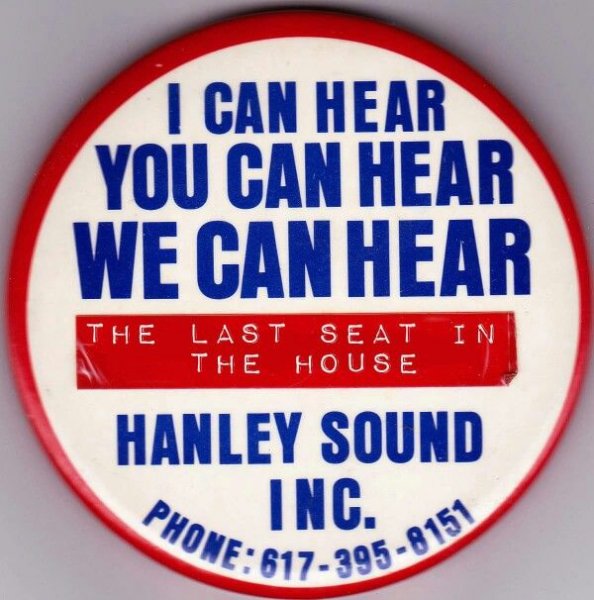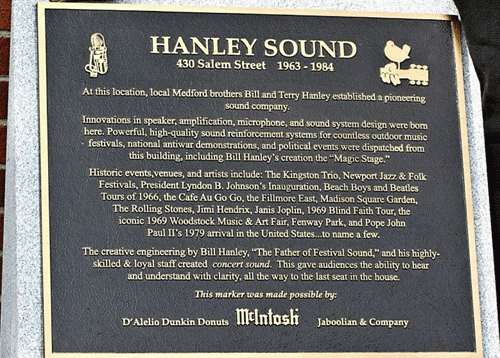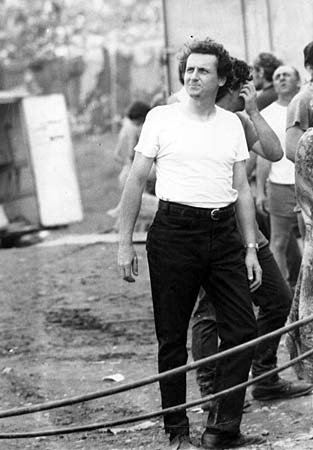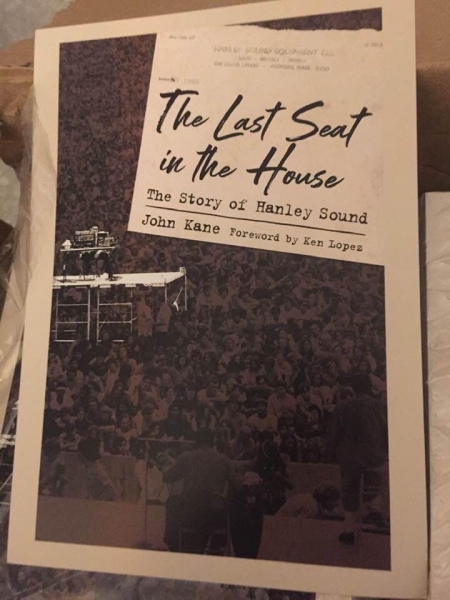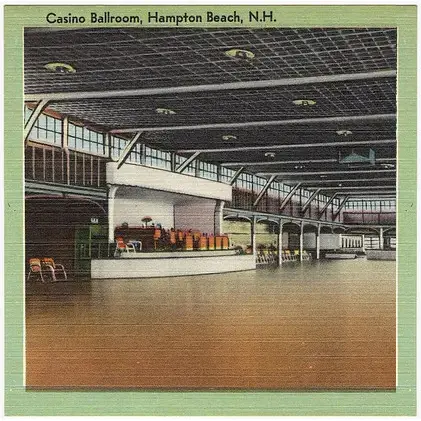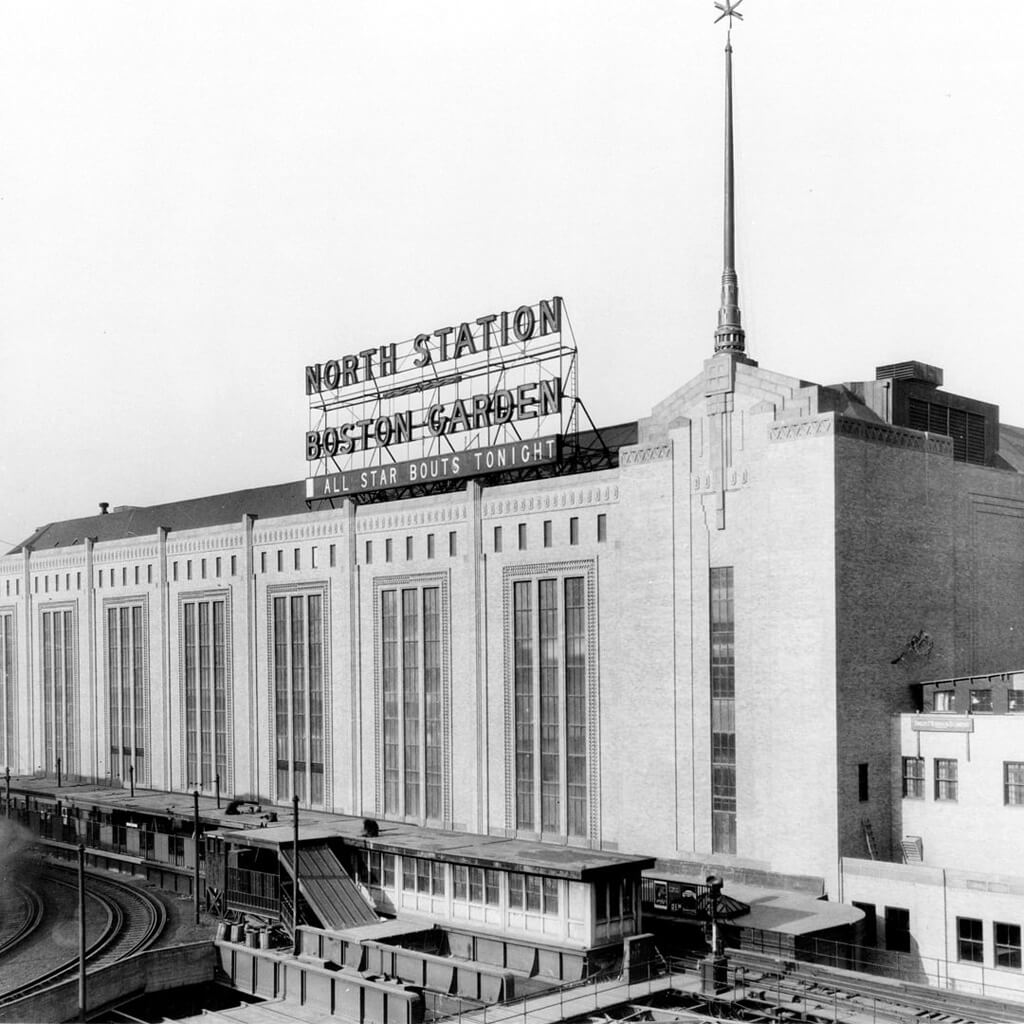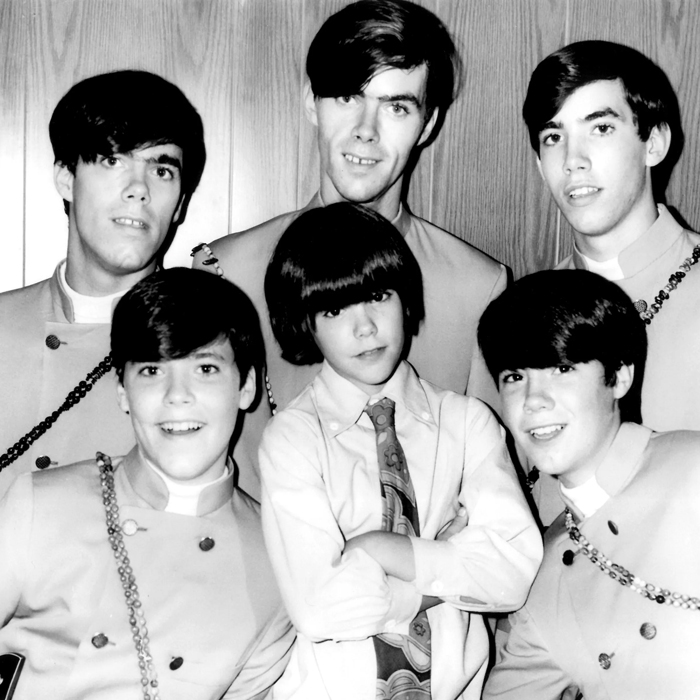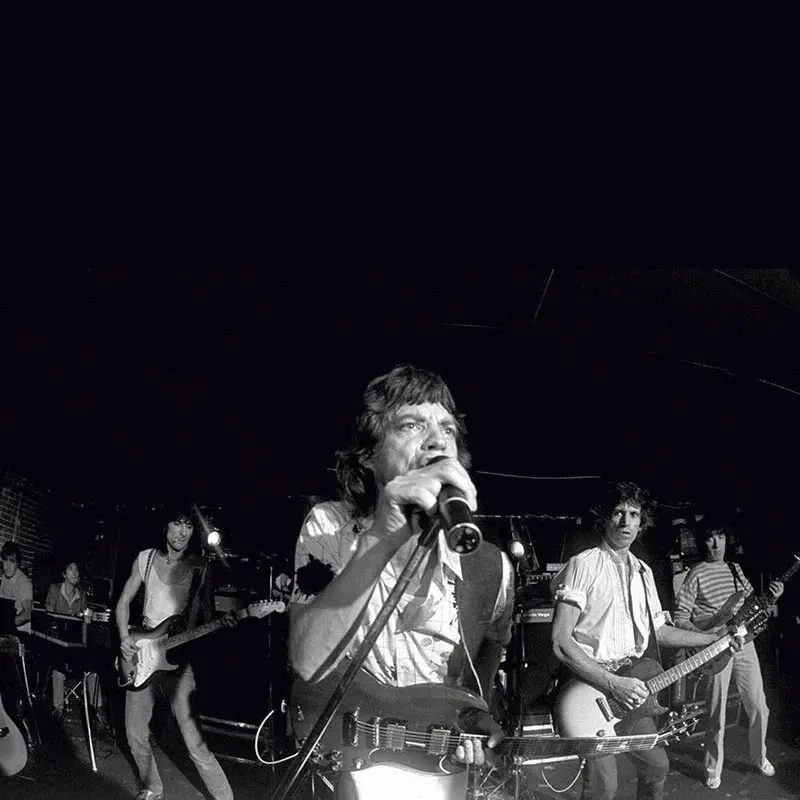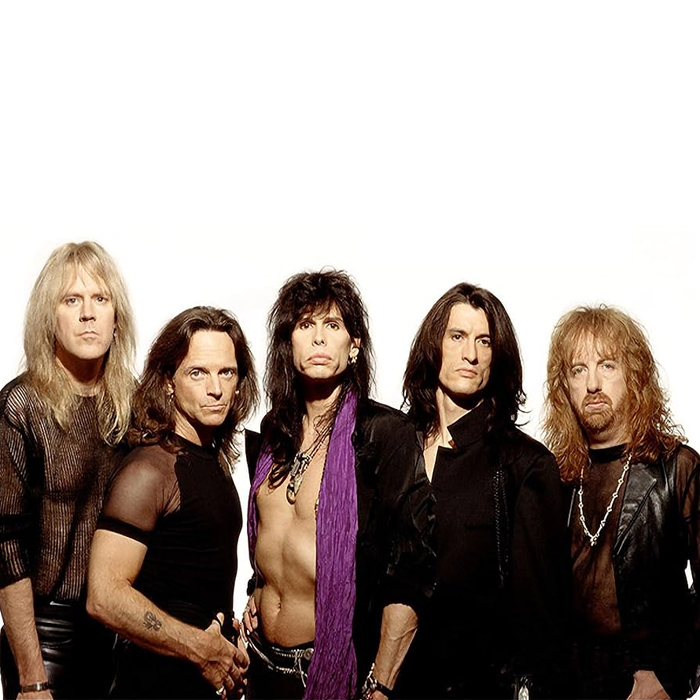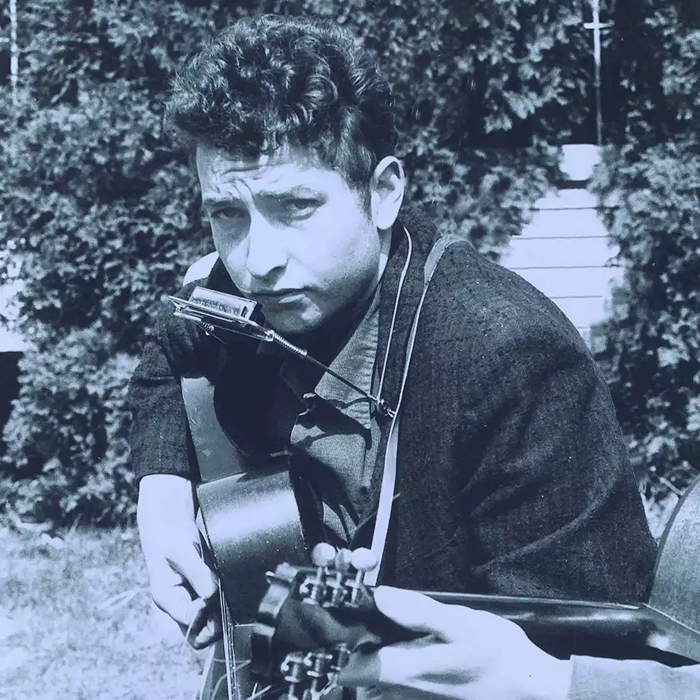Bill Hanley & Hanley Sound
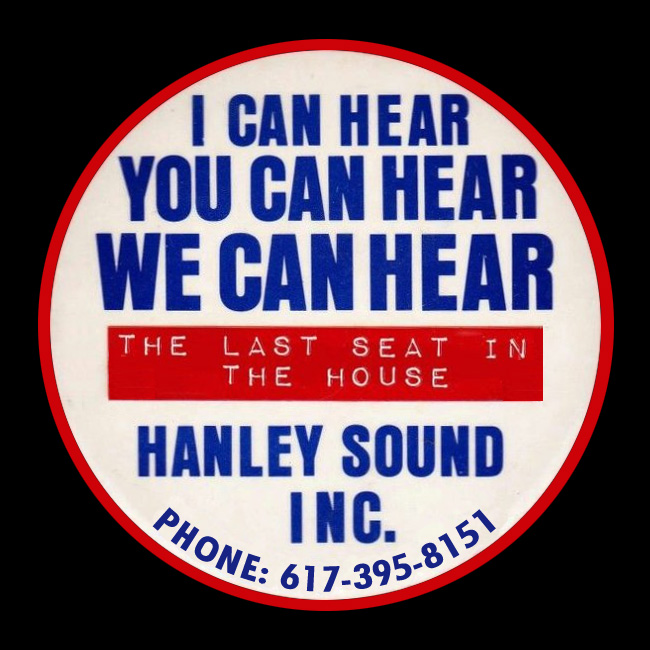
Naturally, top-quality sound is paramount for live-music event, in addition to the talent required to deliver the best, most memorable performances. That said, sound quality is often the most overlooked aspect of the overall concert experience.
Fortunately, though, not everyone has ignored that essential element of live shows, as Bill Hanley of Hanley Sound has proven. A first-generation audio-engineering pioneer, Hanley founded his company over 50 years ago in the Haines Square section of Medford, Massachusetts, and made multiple game-changing contributions to the field of sound reinforcement, earning him the nickname “The Father of Festival Sound.” Throughout his storied career, his modus operandi was to change the way people hear the sound at large-scale concerts and other events.
Background, Innovations
With the rise of pop-music festivals and ever-increasing – not to mention more discriminating – audiences in the late 1960s and ‘70s, Hanley and his younger brother Terry realized that if events of that magnitude continued to be heard through antiquated public address systems, quality was bound to fall by the wayside. “When rock ‘n’ roll came with The Beatles and the noise level of what was happening on the stage, the necessity for having good equipment and understanding what was happening became very important,” he says. Hanley’s focus was simple: to give those seated in the last seat in the house the same experience of those seated in the front row.
As it is with most problems, the fundamental issue was easy to identify but implementing a solution was not. So how did the Hanley brothers do it? The best way to describe their approach is “innovative.” While the Hanleys didn’t invent any new technologies, they integrated existing ones like microphones, hi-fidelity amplification and cinematic sound into a single system, thus spearheading a major shift in the area of public-address systems.
For starters, Hanley decided that the soundboard should be located at front of the stage, not backstage or on a side stage (where most venues at the time had it in order to maximize seating); this now-standard practice is referred to as FOH (“front of house”). Second, he added more microphones, which was a significant innovation at the time since during the ‘50s/’60s most acts used only one (for the singer and the emcee). “In the old days, when the big bands would come up to Hampton Beach Casino Ballroom or play Boston Garden, they would end up with one microphone for the singer and the guy that was going to announce them, and that was it,” Hanley explains.
Woodstock, Newport, Other notable events
As a result of such innovations, Bill, Terry and the Hanley Sound crew spent much of the ‘60s touring the US for months at a time. Wherever there was a large-scale event happening, they were usually present, deploying speakers and other equipment in a constant effort to improve the sound quality.
Hanley and his team provided sound for countless venues and events through the years including the iconic Woodstock Music and Art Fair in August 1969, where they projected sound for over 400,000 attendees. For that show, he and his exhausted crews built one of the most expensive, elaborate and powerful sound systems ever constructed; they also recorded the award-winning soundtrack. Other notable events included a number of Newport Jazz and Newport Folk festivals – including the 1965 event where Bob Dylan “went electric” – and Lyndon Johnson’s inauguration in 1965. In addition to festivals, Hanley Sound worked at concerts by an elite list of performers including Bob Marley, Led Zeppelin, The Cowsills, The Beatles, The Rolling Stones, The Who, The Youngbloods, Aerosmith, Janis Joplin and The Chambers Brothers.
As the music industry grew and became more profitable, arena-held concerts became a way of life for touring musicians and promoters. After Woodstock, Hanley became known as the “Father of Festival Sound” for his work on over 75% of rock and pop festivals in the ‘70s.
Post-Woodstock, The Last Seat In The House documentary/book
Following Woodstock, there was an onset of fear that came over communities that were worried their small towns would be overwhelmed by the gatherings of the growing counterculture. Until the early ‘70s, Hanley Sound had thrived but as one court injunction after another shut large-scale events down, the company lost tens of thousands in potential revue; to make the situation even more difficult, the competitive landscape changed dramatically as smaller sound companies began popping up across the US, most of them copying Hanley’s work to a significant degree. By 1974, Hanley was doing smaller gigs in venues that held a fraction of the arenas he worked in just a few years before.
In 2014, Somerville, Massachusetts, native John Kane wrote his doctoral thesis on the history of Hanley Sound and made a documentary about the company’s huge contributions to improvements in live sound, The Last Seat in the House: The History of Hanley Sound. In 2020, Mississippi University Press published his book of the same name. “Music lovers will find this book essential reading, with stories of Mr. Hanley striving to provide first-rate sound at concert venues like Woodstock, the Newport Festivals and the Beatles’ final tour, to mention a few,” said Barry Tashian of The Remains upon the book’s publication. “Bill Hanley is a real pioneer! I can say firsthand that they far exceeded any sound company we ever worked with. Until reading this book I didn’t realize the importance of what they were doing. “
Current activity, Legacy
These days Bill Hanley is semi-retired and his brother Terry operates Hanley Audio Systems, based in in Woburn, Massachusetts. It’s hard, if not impossible, to imagine what live sound at outdoor events would be like today without their tremendously innovative contributions over five decades ago, which the city of Medford recognized in 2013 when it honored Hanley Sound with a permanent plaque in Haines Square.

